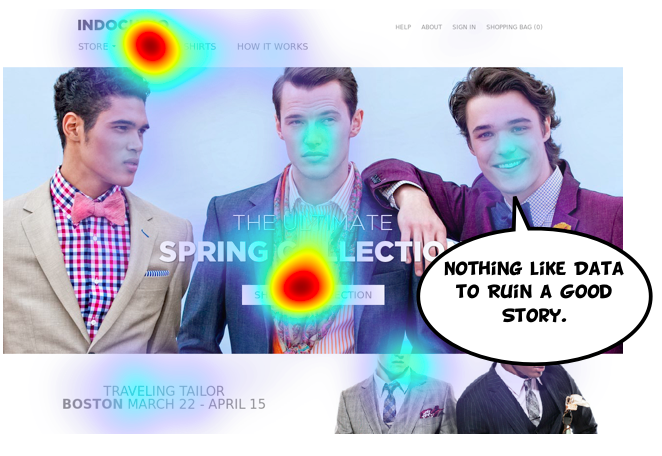

Algorithms to detect poor calibrations are also presently quite primitive. Usually the error is on the side of normal - persons with poor pursuit are scored as having better tracking than is correct. Acta Otol 1987 104 290-297.ĭifferent brands of clinical EOG systems succeed to a lesser or greater extent in quantifying smooth pursuit. Effects of targetĪcceleration and velocity. ENG Report, Feb (Publisher: ICS medical, Schaumburg, (1988) Pursuit testing withĬomputers - a status report.

Sinuosoidal smooth pursuit is strongly reduced by frequency, age and gender It is also clear that pursuit performance declines with age (Zackon and Sharpe, Pursuit is easily disrupted by common centrally acting medications suchĪs anticonvulsants, minor tranquilizers, and preparations used for sleep. This variability may be related to factors that are difficult to quantify suchĪs the degree of alertness present in subjects, or the visibility of the pursuit There is considerable variability even when the paradigm variables are similar. Generation of many small normal data sets which cannot be compared to others. Idiosyncratic combinations of paradigm variables, which has resulted in the Performance is a function of all three variables. Three variables (frequency, amplitude and peak velocity), and pursuit tracking Simple sinusoidal pursuit paradigms can be characterized by pair of
The lack of a standard pursuit paradigm associated with a well defined normalĭata set. Pursuit performance is strongly affectedīy attention, and inattentive or uncooperative subjects can perform poorly without
#EYE TRACKING TEST REGISTRATION#
Registration of smooth pursuit is of minor diagnostic utility, because disturbances Unfortunately, perfect tracking of the triangular wave stimulus is impossibleīecause of the abrupt accelerations at turn-around time. Accordingly, frequency and velocity can be varied independently of acceleration. Pursuit stimulus, velocity is constant, and acceleration appears as periodic To target velocity, is affected by target velocity, acceleration and frequency.įor the sinusoidal pursuit stimulus, these three stimulus parameters are mutually Pursuit gain, which is the ratio of eye velocity Of pursuit and triangular wave stimuli are used to detect pursuit which is better Sinusoidal stimuli are appropriate for detecting symmetrical disturbances At this writing, we think that the LCD projector method is far superior.īoth the sinusoidal and the triangular wave pursuit stimuli are used for clinical By illuminating them sequentially, the illusion of smooth movement can be created, and by turning individual LED's on, the saccade test can be performed. This is an array of LED's arranged in an arc. An inferior method of eliciting smooth pursuitĪn older method is to use an "LED bar". Methods of producing a smooth pursuit target. Shows normal pursuit, where only one eye was recorded. Is processed with Fourier fits and a Bode plot is produced. It is rather quiet - showing occasional blink artifacts, and a small amount of undulation related an imprecise rotational alignment of the eye-camera with respect to the left eye (this can be easily seen on the right video, which contains the left eye).Ī example of a processed tracking test (labelled Smooth Pursuit) is shown below. The vertical eye position is shown on the bttom trace. Note that sometimes the eye falls behind the target and has to make an abrupt more rapid movement to catch up (this is called a "catch-up saccade). The green line on the top is the horizontal eye position. The blue line is a target projected by an LCD projector on as screen about 1.5 meters in front of the subject. The tracking test measures the ability of subjects to match eye movement to The screen shot above, from our clinical laboratory in Chicago, shows what a computerized tracking test looks like.


 0 kommentar(er)
0 kommentar(er)
